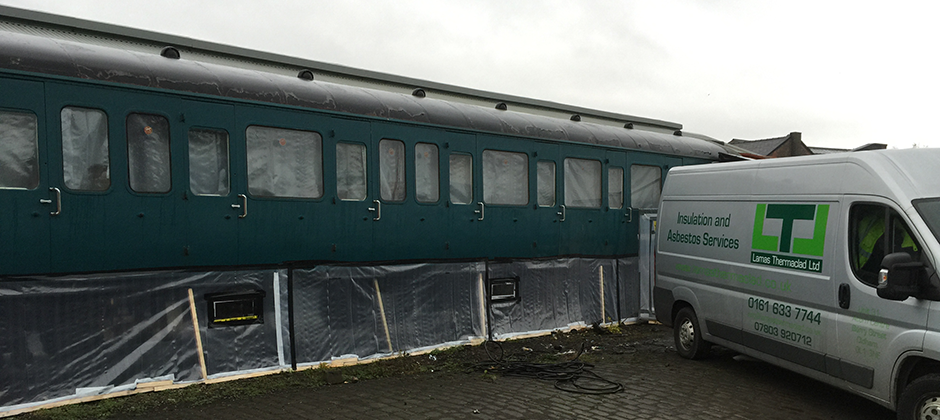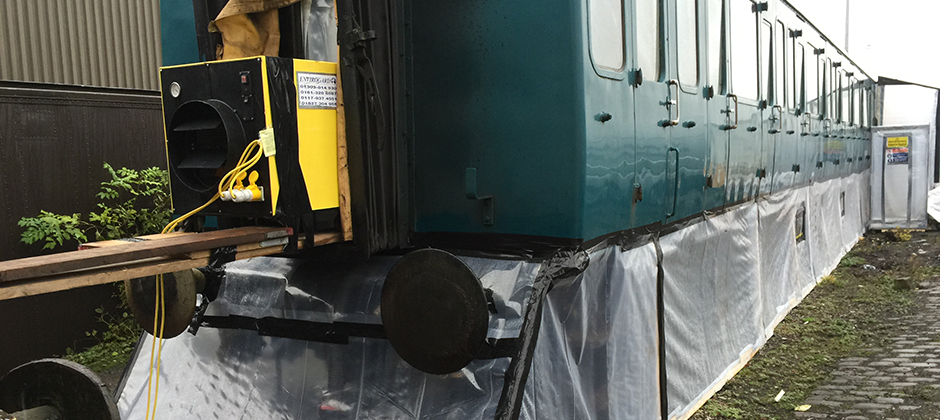START
Since 1994 the company has grown rapidly, establishing on the way a reputation for a high standard of service and workmanship with cost effective solutions.
We provide a high quality of service and workmanship to a broad spectrum of clients and our consultants are all qualified to degree level or equivalent in their specialist fields.

Licenced asbestos removal
Asbestos Removals by Lamas Thermaclad Ltd are carried out by experienced, qualified and professional staff.
We have undertaken Asbestos Removal all over the UK. Our quality of service is of the highest standards to you the customer.
There is no substitute for an expert - call Lamas Thermaclad now to ensure your asbestos removal is carried out professionally.

Asbestos surveys
Asbestos is a naturally occurring, fibrous silicate mineral. Once mined the asbestos rock mineral is crushed producing fibres of different lengths and characteristics. The three types of asbestos which have been used in the UK are: Crocidolite (blue asbestos); Amosite (brown asbestos) and Chrysotile (white asbestos). It is not possible to identify the type of asbestos by the colour as it is often incorporated with other materials. To be certain that a material contains asbestos it should be analysed in a laboratory.
The fibres being strong and resistant to heat and chemicals has led to their use in a wide range of building materials and household products, often as fireproofing. White asbestos was most commonly used in domestic appliances and buildings. Brown asbestos was used in thermal insulation up to the late 1960's and in various sprayed applications and insulating boards until the middle and late 1970's respectively. Blue asbestos was used for insulation lagging and sprayed coating. The marketing, supply and new use of blue and brown asbestos was prohibited in 1985 and white asbestos in 1999.
When asbestos containing materials are damaged or deteriorate with age they can release fibres into the air. The shape and size of the fibres enables them to penetrate deep into the lungs, where they can stay for a long time causing possible damage to lung tissue.
Blue and brown asbestos is thought to be the most dangerous forms due to their size and shape. Asbestos has been widely used and as a result there is a low level of asbestos in the air everywhere. While asbestos is potentially a very hazardous material, the risk to the public from asbestos in the home is low, however levels of fibres may be higher in buildings containing asbestos materials.
The greater risk to health arises when asbestos is damaged or if the material is drilled, sawn, scrubbed or sanded. If you suspect that a material might contain asbestos do not carry out work on it but seek expert advice as DIY work can cause high, short-term exposures to asbestos fibres.
There are three main conditions associated with exposure to asbestos: asbestosis, lung cancer and mesothelioma and these are nearly always industrial diseases. The diseases may take between 10 and 60 years to develop to the point where they can be diagnosed.









